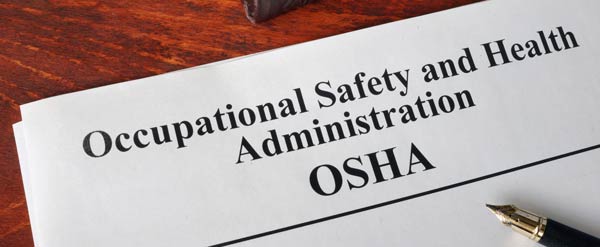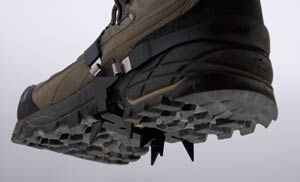
OSHA Regulations Protect Everyone
One of the hottest tickets in town isn’t for a theater production but for something much more important — worker safety. PDRMA just debuted its new 10-hour OSHA Training Course this month (you can still register for the November session) and it’s training you won’t want to miss.
“Most members are amazed when they discover the number of regulations to protect the workforce,” says Tim Lenac, PDRMA Risk Management Services Supervisor, “and it’s key for all agency employees to know about them.”
“One of the greatest things about attending OSHA training is to hear others share their experiences,” says Bill Hooker, PDRMA Training Program Supervisor. “You can learn a great deal by listening to how other PDRMA members address OSHA staff training and implement the standards at their agency.”
An ongoing battle for many members is fighting complacency. On occasion, employees may claim they already know a certain regulation, or they remember hearing about it — but don’t let that stop you. Remind staff that safety should be at the forefront of everything they do every day. It’s easy to lose that focus, especially when trying to get something done quickly. Employees start thinking that if the task will only take a few minutes, they won’t get hurt — even if they don’t use proper personal protective equipment (PPE) or follow agency and OSHA safety procedures.
 “One employee discovered how wrong that philosophy is when he went outside to do a quick check on an ice rink and decided not to use cleats or bring anyone with him because it wouldn’t take more than 10 minutes,” explains Jackie Pierce, PDRMA Risk Management Consultant. “He slipped, fell and broke his leg. Of course, OSHA investigated. In this case, his agency was diligent about following regulations and had done what it should, adopting OSHA procedures for ice safety and PPE almost to the letter. It was the employee’s choice not to follow those procedures that led to the incident.” “One employee discovered how wrong that philosophy is when he went outside to do a quick check on an ice rink and decided not to use cleats or bring anyone with him because it wouldn’t take more than 10 minutes,” explains Jackie Pierce, PDRMA Risk Management Consultant. “He slipped, fell and broke his leg. Of course, OSHA investigated. In this case, his agency was diligent about following regulations and had done what it should, adopting OSHA procedures for ice safety and PPE almost to the letter. It was the employee’s choice not to follow those procedures that led to the incident.”
It’s also a good idea to review your procedures and safety requirements before the start of each season. In winter, take time to go over all snow-related activities with staff. Do a road trip in a snowplow to remind them where to look for hazards when everything’s snow covered. Review your winter job task practices — such as snow shoveling, ice rink and sled hill maintenance — and PPE requirements, and stress the importance of following them. All it takes is one slip and a fall to wind up with a broken leg — or worse.
Talk to your field staff to get PPE input. “They’re the ones using it, so they can let you know what really works,” Pierce explains, “You can try asking companies for free samples of products to have staff use to see if it’s really what you’re looking for.”
Your agency’s commitment to safety, along with OSHA regulations, have the same goal in mind. Understanding and enforcing both helps keep everyone safe. |

